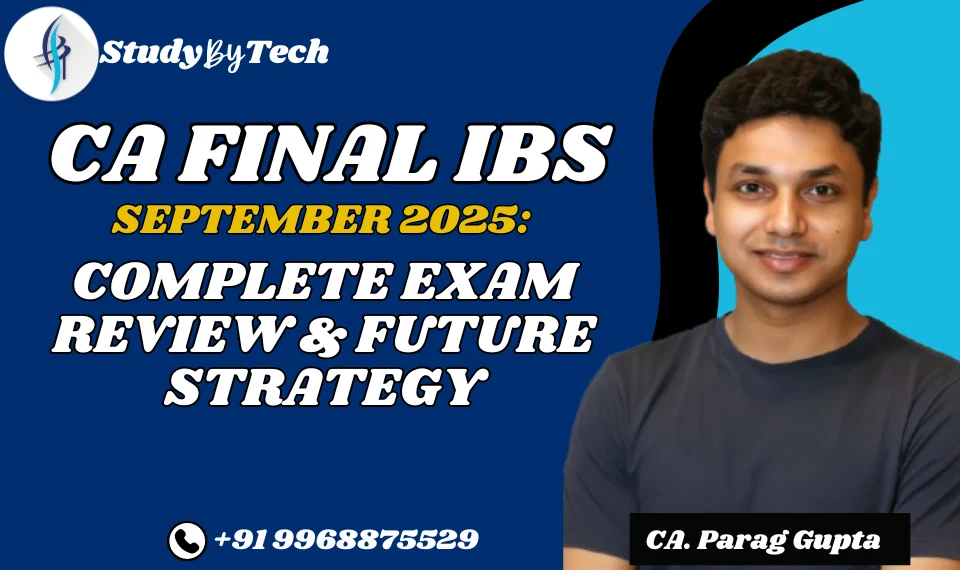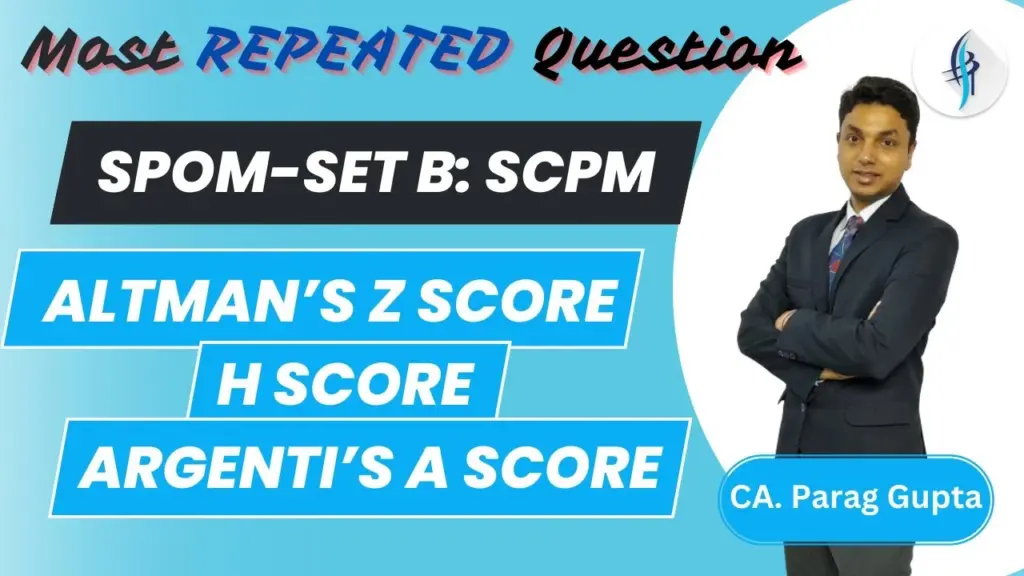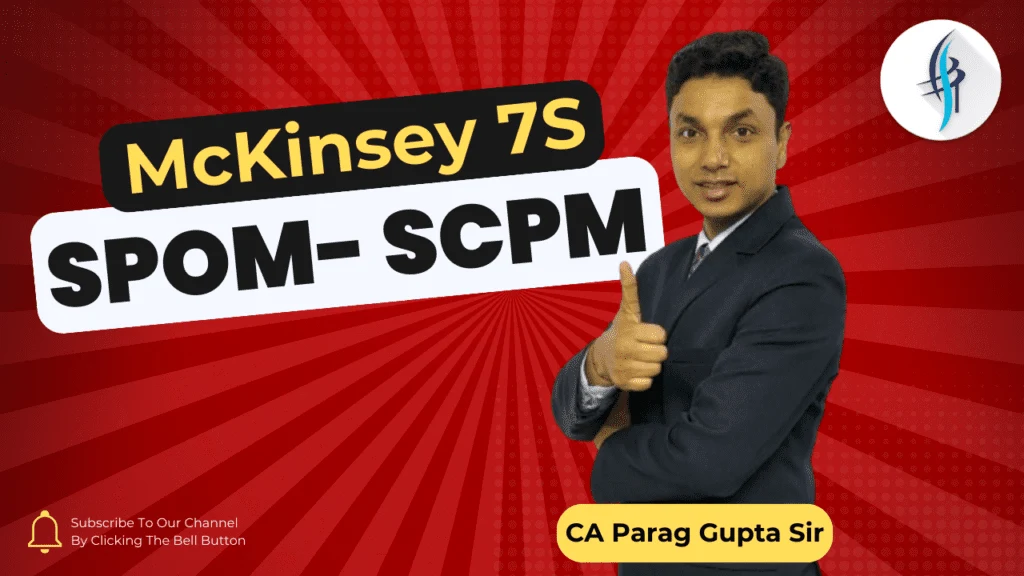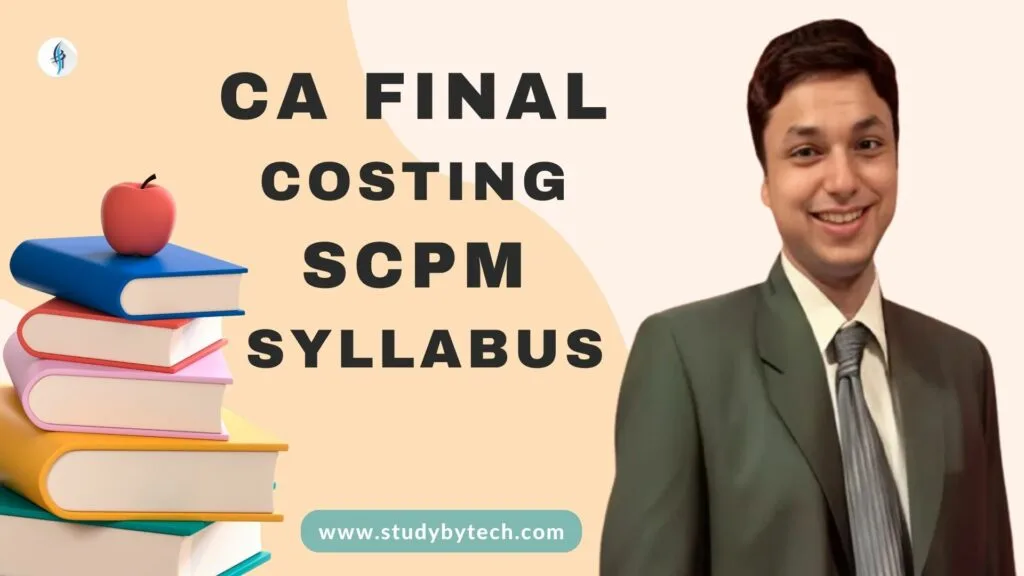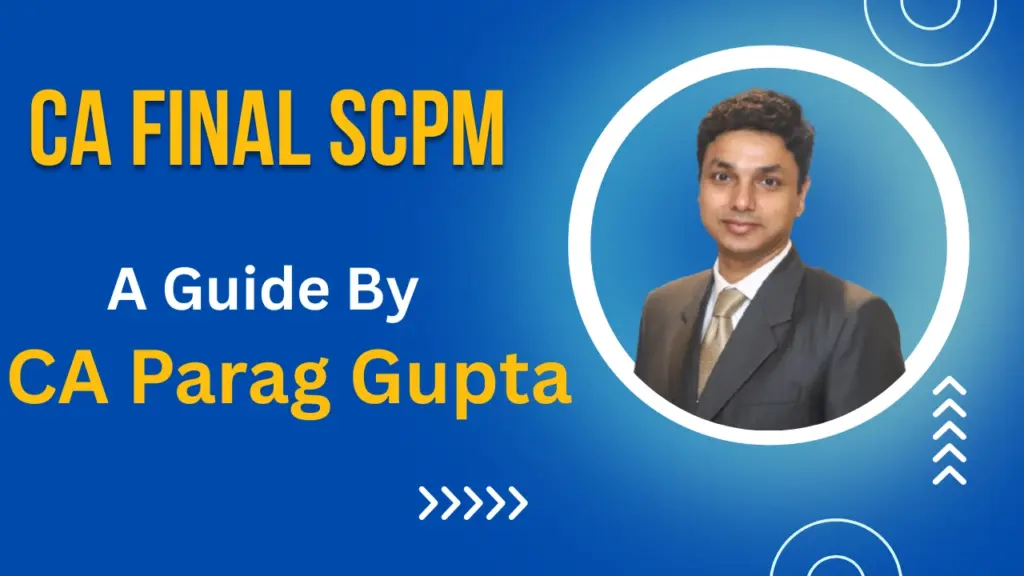CA Final IBS September 2025: Complete Exam Review & Future Strategy
Let’s dive into a comprehensive analysis of the CA Final IBS September 2025 examination. After all, it’s essential to understand exactly what the examiner asked from each subject and how the paper’s structure has evolved. This analysis will help both current students and future aspirants strategize effectively. Take a look on Parag sir’s review on CA Final IBS Sept 2025 exam: CA Parag Gupta Major Shift: CA Final May 2025 CA Final Sept 2025 Group 1 weightage was 40 marks FR was of 12 marks Group 1 weightage was of 53 marksFR was of 22 marks Group 2 weightage was 43 marks Group 2 weightage was of 37 marks SPOM- 42 marksOut of which SPOM-set B was of 24 marks & SPOM-set A was of 18 marks SPOM- 35 marksOut of which SPOM-set B was of 22 marks & SPOM-set A was of 13 marks Group 1 Takes Center Stage The most significant observation from September 2025 is the substantial increase in Group 1 weightage. Group 1 weightage increased from 40 marks to 53 marks, a staggering 32.5% increase which shows evidence of a purposeful change on the part of the examiner, signaling an increase in the emphasis placed on foundational subjects. Financial Reporting (FR) has seen the most substantial level of change, from 12 marks to 22 marks. This is significant enough that students will no longer be able to treat FR as an afterthought. Group 2 Sees Strategic Reduction In contrast, Group 2 has seen a substantial reduction in its weightage. The weightage has decreased from 43 to 37 marks. This adjustment validates the examiner’s rebalancing approach. While this group, made up of Direct Tax (DT) and Indirect Tax (IDT), holds a smaller mark weightage as part of the total than before, it is still a notable part to achieve overall success. The SPOM Reality Check: Your Make-or-Break Subject Now, let’s discuss the elephant in the room – Self Paced Online Module(SPOM). Many students ask, “Which subjects of SPOM are most important for CA Final IBS exam?” Here is the full story: Current Attempt (September 2025): Previous Attempt: While SPOM has slightly decreased from 42 to 35 marks, here’s the critical insight: if you want to clear IBS, you must give maximum attention on SCPM. Why? Because SCPM has emerged as the most important subject for CA Final IBS exam. Why SCPM is Your Gateway to Success Look at the pattern: while other subjects’ figures keep fluctuating up and down, SCPM’s figures are almost consistent. This consistency makes one thing absolutely clear – you cannot ignore SCPM, and you certainly cannot take it lightly. If you approach it casually, your entire paper will suffer. For future aspirants, juniors, or those who haven’t appeared this time, here’s what you need to focus on: treat SCPM preparation exactly like you prepared for Group 1 and Group 2. Don’t fall into the trap thinking that “SCPM can be managed with a limited set of MCQs.” This mindset is fundamentally wrong. The Study Strategy That Actually Works You need to study systematically and wholeheartedly. Conclusion: Your Path Forward At the September 2025 CA Final IBS exam, it has been clearly demonstrated that consistency beats erraticism. While the weightages of either Group 1 or Group 2 may change, SCPM remains your constant stable parameter that can facilitate or hamper your IBS results. Do not take a chance with your CA Final journey. Respect the importance of SCPM and prepare for it accordingly, and SCPM will become your greatest asset in giving you the ability to pass the IBS paper. Consistency with preparation leads to consistent results in CA Final. Parag Gupta sir’s SCPM classes have special emphasis on IBS portion of SCPM syllabus, helping CA final students to study & revise the course as per IBS(Paper 6) exam. Want to enroll to CA Final SPOM-set B + IBS(SCPM portion) classes? FAQ’s

